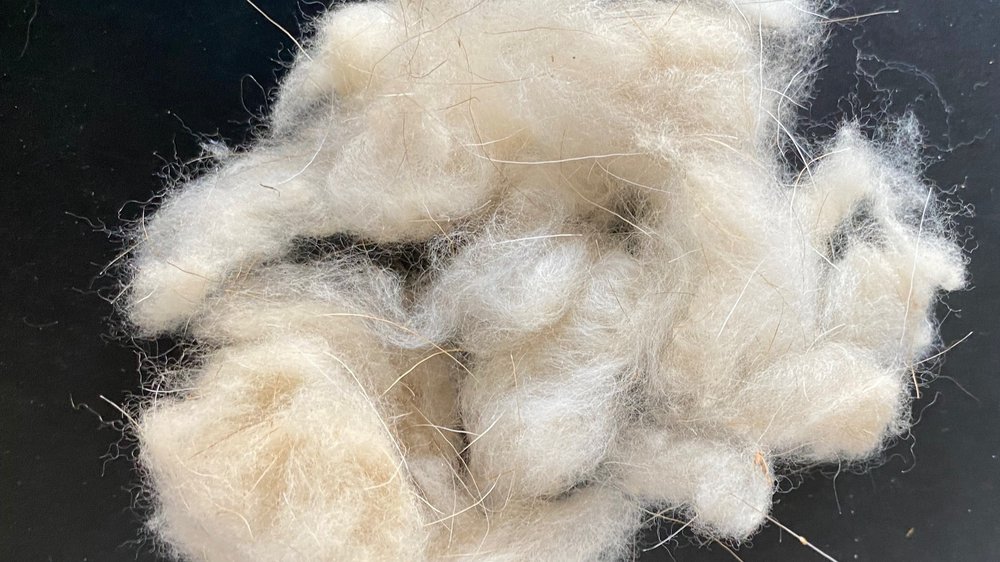Is Cashmere a Natural Fiber? Exploring Its Organic Origins and Uses
Is Cashmere a Natural Fiber? Exploring Its Organic Origins and Uses
Blog Article
Discovering the Various Kinds of Cashmere an All-natural Fiber for Ultimate Luxury
Cashmere, a natural fiber, is typically associated with high-end and comfort. The a lot more cost effective Chinese cashmere, the standard Scottish variant, and the high-end Italian blend, all tell a different story of this exceptional fiber.
Comprehending the Lavish Nature of Cashmere
Cashmere, frequently connected with high-end and convenience, holds an one-of-a-kind attraction worldwide of all-natural fibers. This soft, lightweight material is coveted for its extraordinary warmth and amazing resilience. Unlike various other all-natural fibers, cashmere combines insulation with breathability, providing exceptional comfort across differing temperature levels. Its shiny finish and soft texture add to its premium appeal, justifying the costs cost that typically comes with cashmere garments. Additionally, cashmere's integral wrinkle resistance and elasticity boost its charm, making it a preferred selection for costs clothes and accessories. Regardless of its delicate appearance, cashmere has an unexpected resilience, able to preserve its shape and luxurious feeling in time. This unique mix of qualities seals cashmere's setting as a symbol of sophistication and indulgence.
Just What Is Cashmere and Where Does It Originate from?

Given these outstanding qualities, one may question the beginning and makeup of this lavish fiber. Cashmere is derived from the soft undercoat of cashmere goats, mostly located in Mongolia, China, Iran, and Afghanistan - is cashmere a natural fiber. These goats are adapted to harsh weather conditions, producing a very great, soft underfur as a protection against the bitter cold. This underfur, or undercoat, is what is harvested for cashmere. Each spring, when the goats normally dropped their winter months coat, farmers comb the fine underhair, leaving the coarser hair behind. This precise procedure adds to the deficiency and high price of cashmere. With its origin in the severe landscapes of Asia, cashmere is a testimony to nature's ability to produce luxury from hardship.
Translating the Various Kinds of Cashmere
Comprehending the various kinds of cashmere is essential to appreciating the quality and distinct qualities of this elegant fabric. Typically, cashmere is categorized right into 3 kinds: raw, virgin, and recycled. Raw cashmere is directly gotten from the goat and is unrefined. This kind typically includes impurities such as dust and crude hair. Virgin cashmere, on the various other hand, is the pure, unrecycled material that is spun right into thread for the very first time. It is the softest and most elegant. Finally, recycled cashmere is made from virgin product that has been previously made use of. It is re-spun and utilized in producing lower-cost cashmere items. Deciphering these types is the initial step in comprehending the exclusivity and value of cashmere.

The Special Characteristics of Each Kind Of Cashmere
Having explored the different categories of cashmere, it emerges that each kind flaunts its one-of-a-kind set of attributes. Mongolian cashmere, as an example, is renowned for its remarkable high quality, because of Mongolia's useful content severe winter seasons that produce longer and finer fibers. Conversely, Chinese cashmere is frequently more economical, though its shorter fibers can reduce durability. Scottish cashmere is commemorated for its elegant gentleness, a result of the traditional water cleaning procedure using Scotland's soft water. Italian cashmere, meanwhile, is renowned for its skillful blending and tinting methods, rendering it vivid and flexible. Last but not least, Indian cashmere, likewise referred to as Pashmina, is valued for its extraordinary lightness and heat. Each kind, therefore, adds to the textile's credibility for deluxe.
Why Cashmere Is the Epitome of Deluxe in vogue
Cashmere holds a well-regarded placement in the globe of style, related to as a sign of luxury and elegance (is cashmere a natural fiber). Cashmere is derived from the fine undercoat of Himalayan goats, known for their premium top quality fiber. Cashmere's unmatched convenience and toughness make it an in-demand material in the creation of high-end garments.
The Process of Making Cashmere: From Goat to Garment
The trip of cashmere, from being an undercoat of a Himalayan goat to a lavish garment, is an click here for more info elaborate one. This mix is then painstakingly separated, with only the soft down made use of for cashmere. From goat to garment, each step is a testimony to the virtuosity, patience and skill entailed in crafting cashmere.

Verdict
Finally, cashmere, with its all-natural sophistication and unrivaled comfort, rules supreme in the globe of high-end fashion. The variety he has a good point in types, ranging from the soft Mongolian, light-weight Indian Pashmina, affordable Chinese, typical Scottish, to the vibrant Italian, reveals the convenience of this all-natural fiber. The scrupulous process of changing it from a goat to a garment even more includes in its exclusivity, making cashmere the embodiment of sophistication and deluxe.
Cashmere, a natural fiber, is often associated with high-end and convenience (is cashmere a natural fiber).Cashmere, typically associated with deluxe and convenience, holds an unique attraction in the world of all-natural fibers. Unlike other all-natural fibers, cashmere combines insulation with breathability, offering unmatched convenience across varying temperature levels. Cashmere is obtained from the soft undercoat of cashmere goats, largely discovered in Mongolia, China, Iran, and Afghanistan. Cashmere is acquired from the fine undercoat of Himalayan goats, understood for their remarkable quality fiber
Report this page